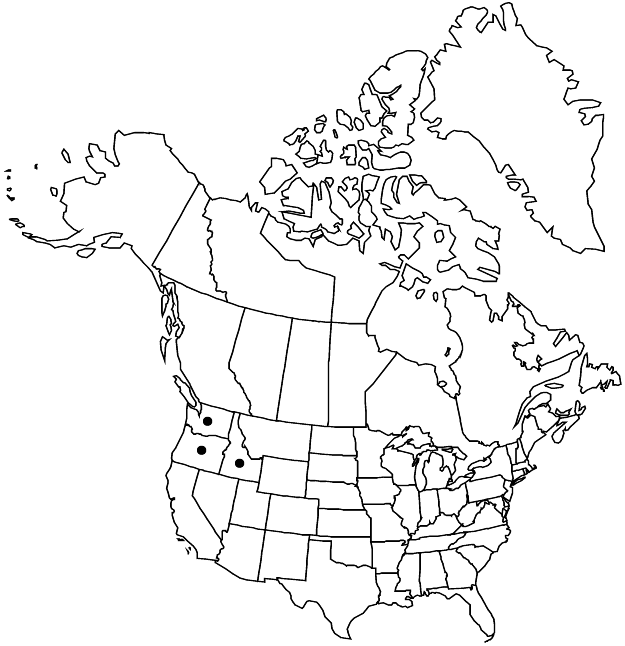Difference between revisions of "Eriogonum umbellatum var. devestivum"
Great Basin Naturalist 32: 115. 1972.
FNA>Volume Importer |
imported>Volume Importer |
||
| Line 8: | Line 8: | ||
}} | }} | ||
|common_names=Emperor’s sulphur flower | |common_names=Emperor’s sulphur flower | ||
| + | |special_status={{Treatment/ID/Special_status | ||
| + | |code=E | ||
| + | |label=Endemic | ||
| + | }} | ||
|basionyms= | |basionyms= | ||
|synonyms= | |synonyms= | ||
| Line 46: | Line 50: | ||
|publication title=Great Basin Naturalist | |publication title=Great Basin Naturalist | ||
|publication year=1972 | |publication year=1972 | ||
| − | |special status= | + | |special status=Endemic |
| − | |source xml=https:// | + | |source xml=https://bitbucket.org/aafc-mbb/fna-data-curation/src/2e0870ddd59836b60bcf96646a41e87ea5a5943a/coarse_grained_fna_xml/V5/V5_697.xml |
|subfamily=Polygonaceae subfam. Eriogonoideae | |subfamily=Polygonaceae subfam. Eriogonoideae | ||
|genus=Eriogonum | |genus=Eriogonum | ||
Latest revision as of 22:13, 5 November 2020
Herbs, spreading mats, 1–3.5 × 2–6 dm. Aerial flowering stems erect, 1.5–2.5 dm, thinly floccose or glabrous, without one or more leaflike bracts ca. midlength. Leaves in loose rosettes; blade broadly elliptic, 1.5–3(–4) × 1–1.5 cm, glabrous on both surfaces at full anthesis, margins plane. Inflorescences compound-umbellate, branched 2–4 times; branches thinly floccose or glabrous, without a whorl of bracts ca. midlength; involucral tubes 2–3.5 mm, lobes 1–2.5 mm. Flowers 4–7 mm; perianth bright yellow.
Phenology: Flowering Jun–Sep.
Habitat: Sandy to gravelly flats and slopes, sagebrush communities, montane conifer woodlands
Elevation: 800-1800 m
Distribution

Idaho, Oreg., Wash.
Discussion
Variety devestivum is a glabrous-leaved expression obviously related to var. ellipticum. It is infrequently encountered in Asotin and Columbia counties, Washington; Baker, Grant, and Union counties, Oregon; and Ada, Adams, Blaine, Lemhi, Valley, and Washington counties, Idaho. The plants are bright and showy and would be attractive in the garden.
Selected References
None.